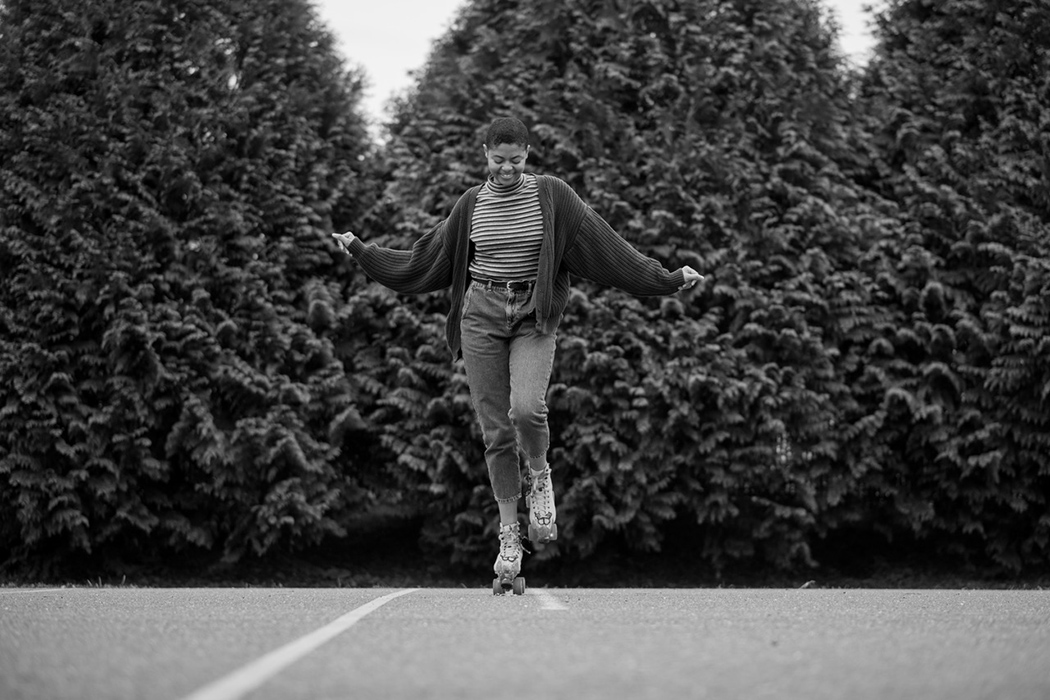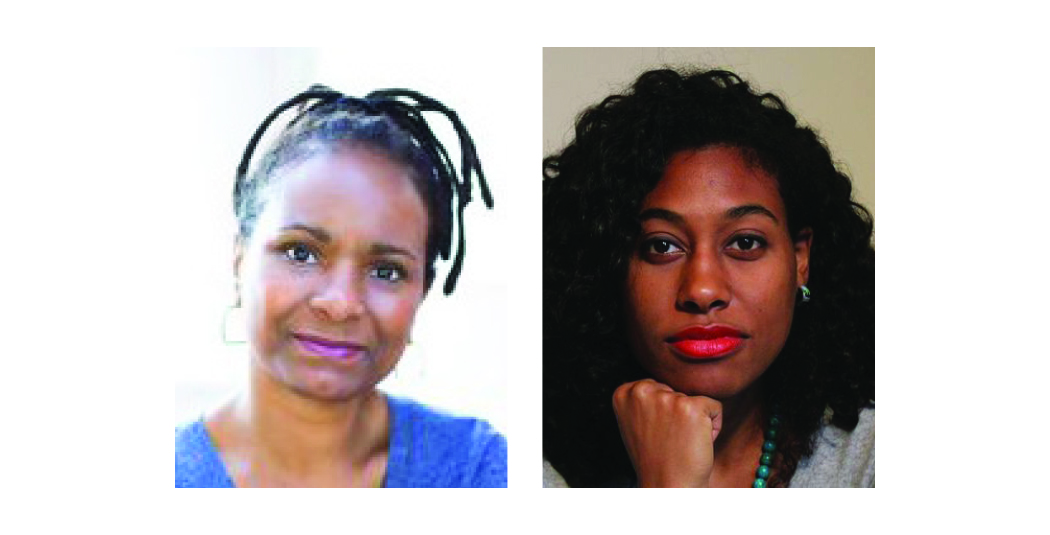On view through July 25, New City Arts presents “Around the Table: Political play, agency, gamification, and other things we can learn from board games,” an exhibition curated by Chandler Jennings. A Spring 2024 New City Arts Research Residency recipient, Jennings used his residency to continue developing a prototype of his own tabletop game, Conxensus: A Game of Storytelling & Political Imagination, and organized the exhibition to explore several aspects of tabletop gaming, like the way board games have been used to convey ideas, how games represent historical events responsibly, and how rules and points structure our lives.
Name: Chandler Jennings
Age: 32
Hometown: Austin, Texas
Job(s): Graduate student, lecturer
How did you get started in gaming? In 2015, I got hooked on modern board games by playing endless games of Carcassonne with my partner and then-housemates. As I read and learned more about board games I started working on a couple game development projects, began to dip my toe into academic game studies, and played a lot more games. In short, I became a bit of a boardgaming sicko.
Favorite style of gameplay: Many of my favorite games are “engine builders.” You start off the game with relatively limited abilities and then have to strategically build up different abilities that work together to let you do loads more things.
Favorite game you’ve played: I’ll say it’s a tie between Ark Nova and Decrypto.
Are there more competitive board games than cooperative ones? Why? The rise of cooperative board games is one of the biggest trends in gaming over the last couple decades, but the vast majority of games are still competitive. I think it mostly has to do with the history of board games and people’s idea of what a board game is and should be. But even in co-op games you’re still competing, often aggressively, against the game itself.
If you could play a game with anyone from history, which game would you play and with whom? I’d want to try out the new open-world cooperative campaign game Earthborne Rangers with Octavia Butler and Walter Benjamin.
What lessons do you
believe we should be learning through gameplay? The ability to make choices and pursue goals with total commitment—and then to step back from the experience and the result and think about how the process made you feel and what you can learn from it.
Best part of living here: How lush and green it is.
Worst part of living here: Winter.
Favorite Charlottesville restaurant: Public Fish & Oyster.
Bodo’s order: Lox & cream cheese on everything.
Who is your hero: David Cohn (aka Serengeti), whose ongoing series of Kenny Dennis concept albums are so difficult to explain and intricate and whimsical and beautiful and the kind of thing that’s impossible to believe one person could make.
Best advice you ever got: The spots that feel most awkward or painful or cliched in your writing are often places where your thinking is at its best, and your writing just can’t catch up. Learn to love them as opportunities to slow down, pay extra attention, and give full voice to your ideas.
Proudest accomplishment: Marrying the love of my life (despite once choosing to win a four-hour board game by myself instead of sharing the win with her—on New Years Eve).
Describe a perfect day: Morning hike, midday swim, evening cookout with beer and board games.
If you could be reincarnated as a person or thing, what would you be?
A beloved cat.
Most embarrassing moment: A few years ago, I ran into an acquaintance from high school. We chatted for a bit, and then she kind of waved goodbye at me. I didn’t realize that it was a wave and reached out and clasped her hand, interlocking fingers, and we kind of rocked them back and forth for a sec before I disentangled and ran away.
Do you have any pets? One 50-lb. pitty/lab mix named Joni aka Joni Bologna aka Princess Nugget.
Favorite movie and/or show: “Twin Peaks.”
Favorite book: Mason & Dixon by Thomas Pynchon.
Go-to karaoke song: “Rain Dogs” by Tom Waits.
Subject that causes you to rant: Popular misconceptions about American religious history.
Favorite curse word? Or favorite word?
I do love all the curse words, but I’m going to go with the word “countenance,” which slips delightfully among so many different meanings.
Hottest take/most unpopular opinion: Chocolate [with] fruit is disgusting. Especially chocolate and orange.
Interested parties are encouraged to attend upcoming events related to the exhibition, including a curator talk and guided playthrough of a prototype of Jennings’ game on July 20, and a New City Arts & Crafts workshop on July 24. Prior to these events, we put Jenningsin the HotSeat to learn more about life and gaming.










